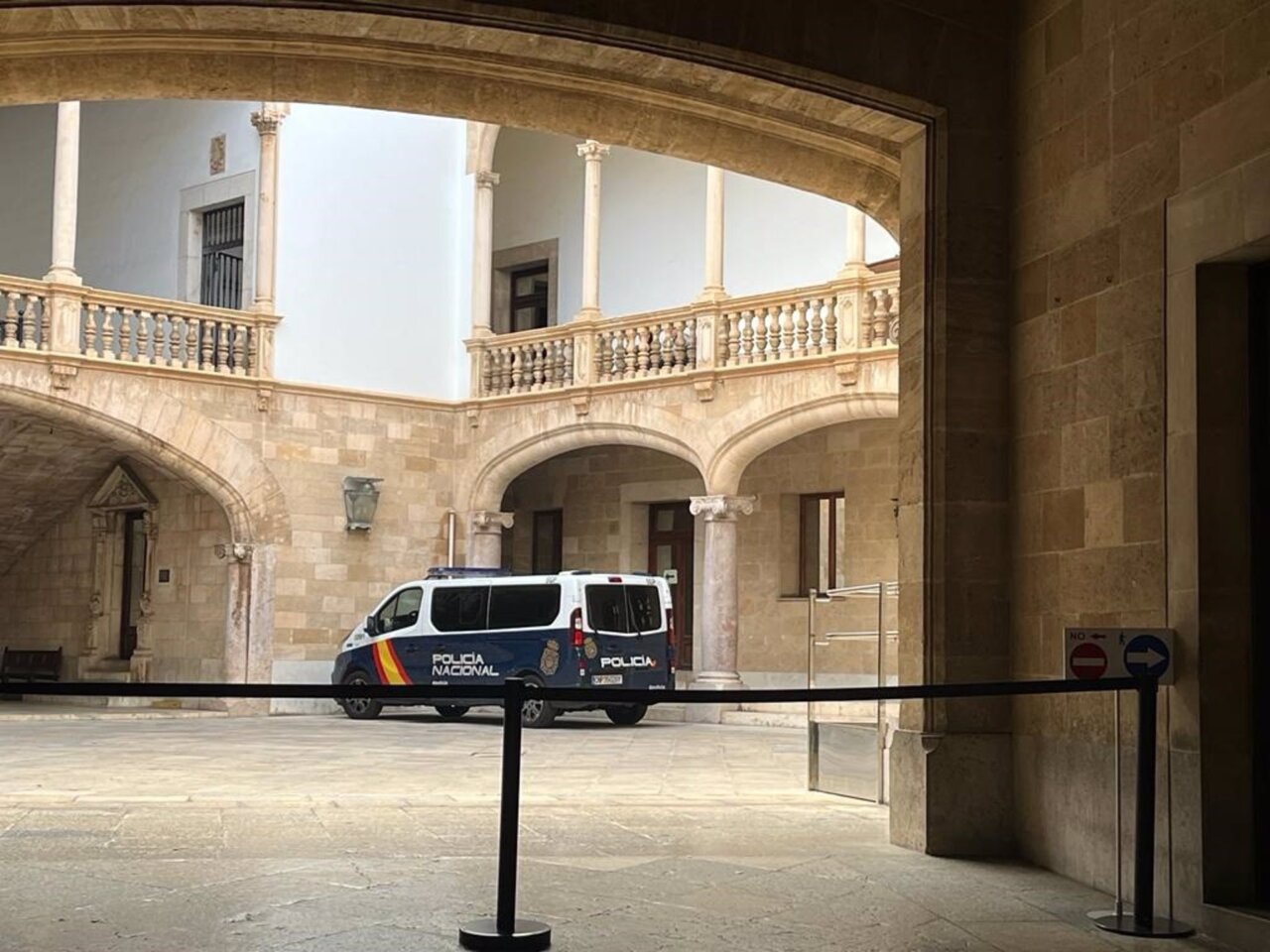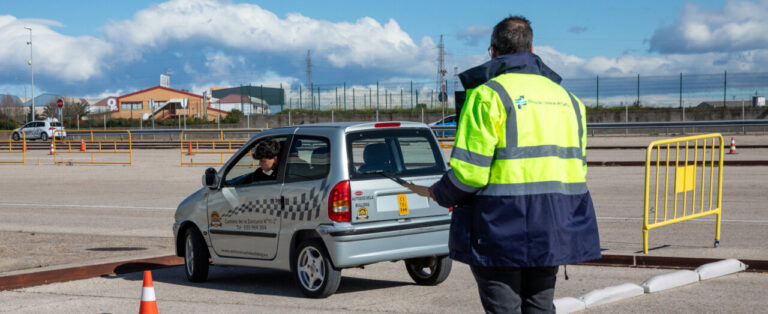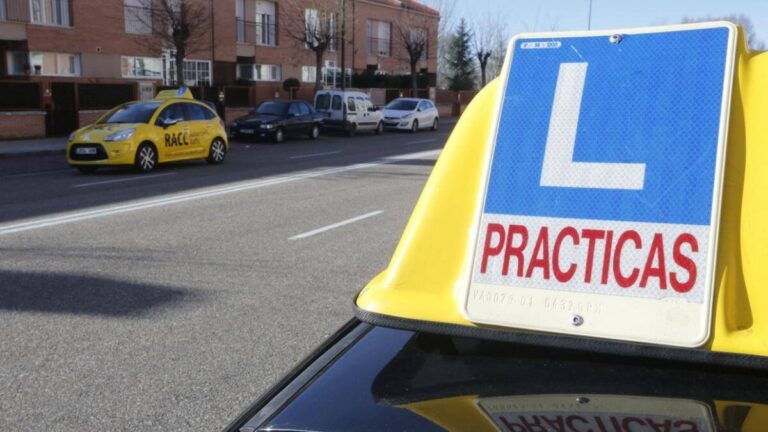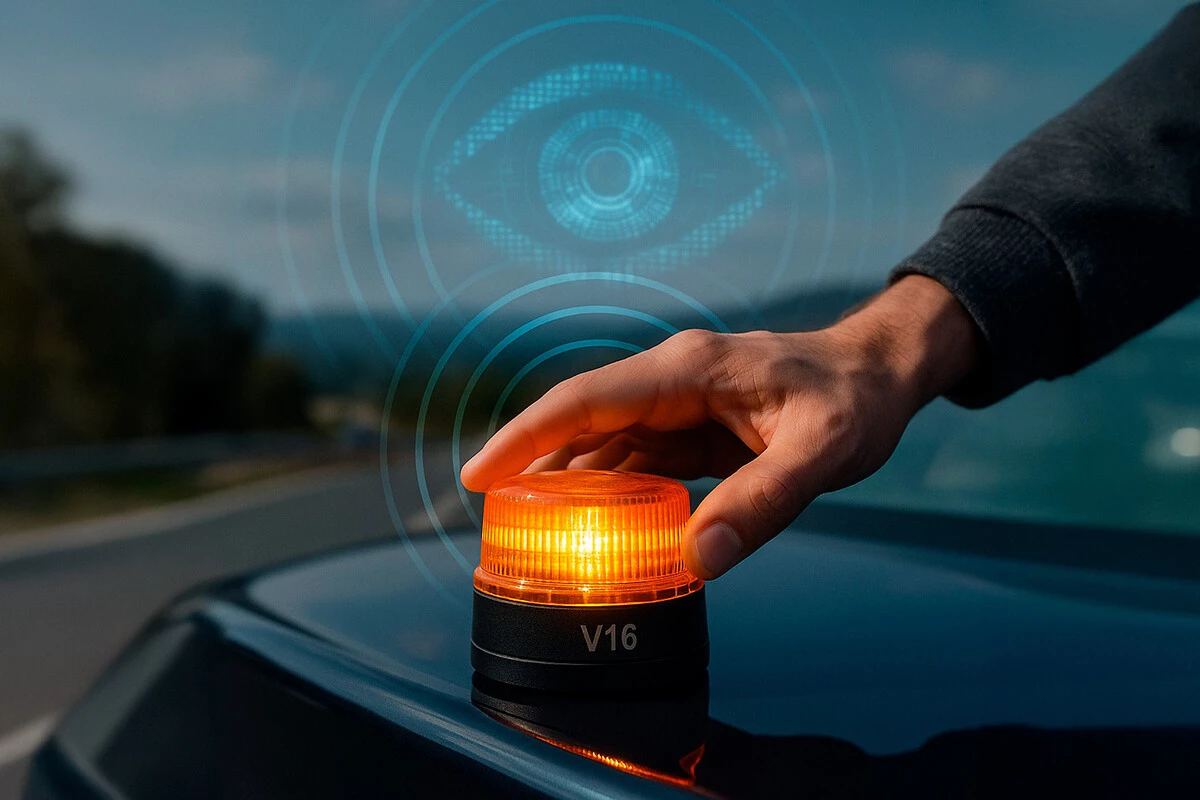The beginning of 2026 will bring an important change for all drivers in Spain. The Dirección General de Tráfico (DGT) has confirmed that, as of January 1 next year, connected V-16 beacons will be the only legal device for signaling a vehicle stopped due to an accident or breakdown. With this, the traditional pre-signaling triangles will definitively disappear from the roads.
The aim of the measure is to reinforce road safety and reduce the number of collisions that occur when drivers get out of the car to place the triangles. However, the DGT has warned that not all beacons on the market are homologated, and using an unauthorized model may result in fines of up to 200 euros.
Only homologated V-16 beacons will be valid in 2026
The DGT maintains on its official website an updated list of certified makes and models that meet the technical requirements. This document includes the make, model, certificate number, date of homologation and applicant company. “Not all beacons that are advertised as connected are homologated,” says the agency, which insists on the importance of verifying that the device appears on the official list before buying it.
This registry is key, as only the beacons included in it will be authorized for legal use from next year. Using a model without homologation or without connection to the DGT 3.0 platform will be a minor infraction punishable by fines ranging from 80 to 200 euros.
A definitive replacement for emergency triangles
The use of pre-signaling triangles will be history. Until now, drivers had to get out of the vehicle to place them at a certain distance from the car, a maneuver that entailed a high risk of being run over, especially on fast roads or in poor visibility.
The V-16 beacon, on the other hand, is activated from inside the vehicle and is placed on the roof without the need to leave the car. Its magnetic base allows it to be easily attached to the bodywork, while its yellow flashing light is visible from more than one kilometer away.
With this change, Spain aligns itself with the safety standards of other European countries, where similar devices are already used to signal emergencies more quickly and safely.
Dual function: signaling and direct connection to DGT
The connected V-16 beacon not only improves road visibility, but also automatically sends the vehicle’s location to the DGT 3.0 platform thanks to its geolocation system. This system integrates all connected vehicles, control centers and emergency services, enabling a faster and more coordinated response to any incident.
“The flashing light emitted by this device, visible over long distances, is used to make it more visible in the event of a breakdown or accident, and to avoid any scares on the road,” explained the DGT. Each approved beacon includes a GPS chip and a non-removable SIM card, which guarantee a minimum connectivity of 12 years without the need to pay additional fees.
How to know if your beacon is homologated
Checking if a beacon is valid is very simple. The DGT recommends following these steps:
-
See the official list published on its website(www.dgt.es).
-
Check the certificate number on the packaging or on the bottom of the device.
-
Check that the model is marked as “connected and certified” by the Dirección General de Tráfico.
-
Make sure it has the approval symbol and the name of the accredited laboratory that issued the certificate.
If your device is not on that list, it will not be authorized for legal use as of January 2026.
Fines for non-compliance
Circulating without an approved beacon, or continuing to use the triangles, will constitute a minor infraction. Penalties will range from 80 to 200 euros, depending on the circumstances.
In addition, in the event of an accident or breakdown, not having the regulatory device could be considered negligence, which would affect the coverage of some automobile insurances.
Therefore, the DGT urges all drivers to acquire a connected and approved beacon as soon as possible, and to keep it in the glove compartment or in an easily accessible place inside the vehicle.











